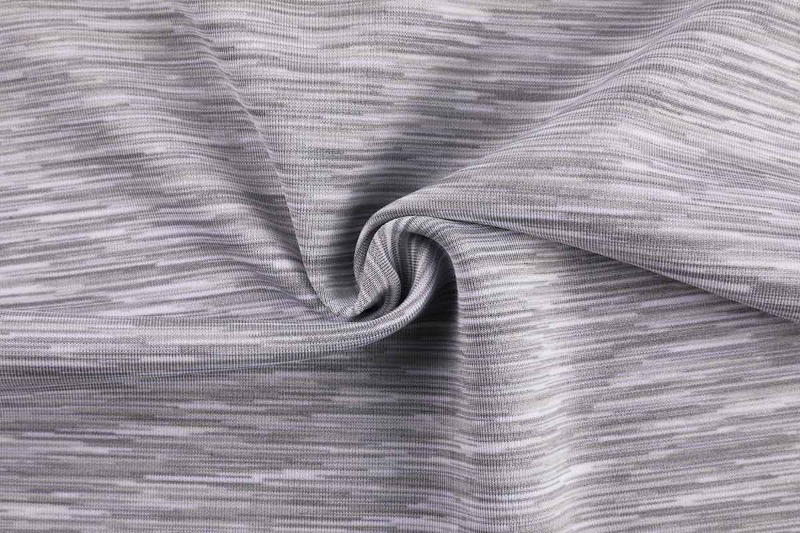When it comes to textiles, the debate between weft knitted fabric and woven fabrics often boils down to elasticity. Elasticity in fabrics is crucial for comfort, fit, and functionality, particularly in garments that require movement. Understanding how these two fabric types compare in terms of elasticity can help consumers make informed choices about their clothing.
Weft Knitted Fabrics: Stretchy and Flexible
Weft knitted fabrics are known for their remarkable elasticity. This elasticity arises from the way they are constructed—using a series of loops interlocked together in rows. This looped structure allows the fabric to stretch in multiple directions, providing a comfortable fit that moves with the wearer. For instance, think of your favorite stretchy T-shirt or a cozy pair of leggings; they hug your body and allow for freedom of movement, thanks to the elasticity of weft knitted fabrics.
Research indicates that weft knitted fabrics can stretch up to 300% of their original size (source: Textile Research Journal). This characteristic makes them ideal for activewear and casual clothing, where flexibility is key. Additionally, the soft texture of knitted fabrics contributes to their comfort, making them a popular choice for garments that are worn next to the skin.
Woven Fabrics: Sturdy but Less Flexible
On the other hand, woven fabrics are created by interlacing two sets of yarns (the warp and the weft) at right angles, resulting in a more rigid structure. While this gives woven fabrics durability and stability, it also limits their elasticity. Unlike weft knitted fabrics, woven textiles can typically only stretch slightly in one direction, primarily along the bias (diagonally across the fabric).
As a result, woven fabrics are often used for tailored garments, such as dress shirts and trousers, where a structured silhouette is desired. According to a study by the American Textile Manufacturers Institute, woven fabrics generally have an elasticity of about 10-20% of their original size, making them less forgiving in terms of fit compared to their knitted counterparts.

Practical Implications of Elasticity in Fashion
The differences in elasticity between weft knitted and woven fabrics have significant implications for fashion and garment design. Designers often choose weft knitted fabrics for athleisure and casual wear, where comfort and flexibility are paramount. Conversely, woven fabrics are favored for formal and structured clothing, where shape retention is essential.
Additionally, the growing trend of sustainable fashion has seen an increase in innovations around both fabric types. Brands are now experimenting with blends of woven and knitted materials to create garments that offer the best of both worlds—stability and stretch. This hybrid approach allows for versatility in design while meeting the demands of modern consumers.
When it comes to elasticity, weft knitted fabrics take the crown for their superior stretch and comfort, while woven fabrics hold the ground with their durability and structural integrity. Understanding these properties not only helps consumers make informed choices but also empowers designers to create innovative garments that cater to diverse needs. Whether you prefer the snug embrace of a knitted sweater or the crisp lines of a woven blazer, the world of textiles offers endless possibilities for expression and comfort. So next time you’re shopping for clothes, consider the elasticity of your fabric choices—it could make all the difference in your wardrobe!




 简体中文
简体中文
